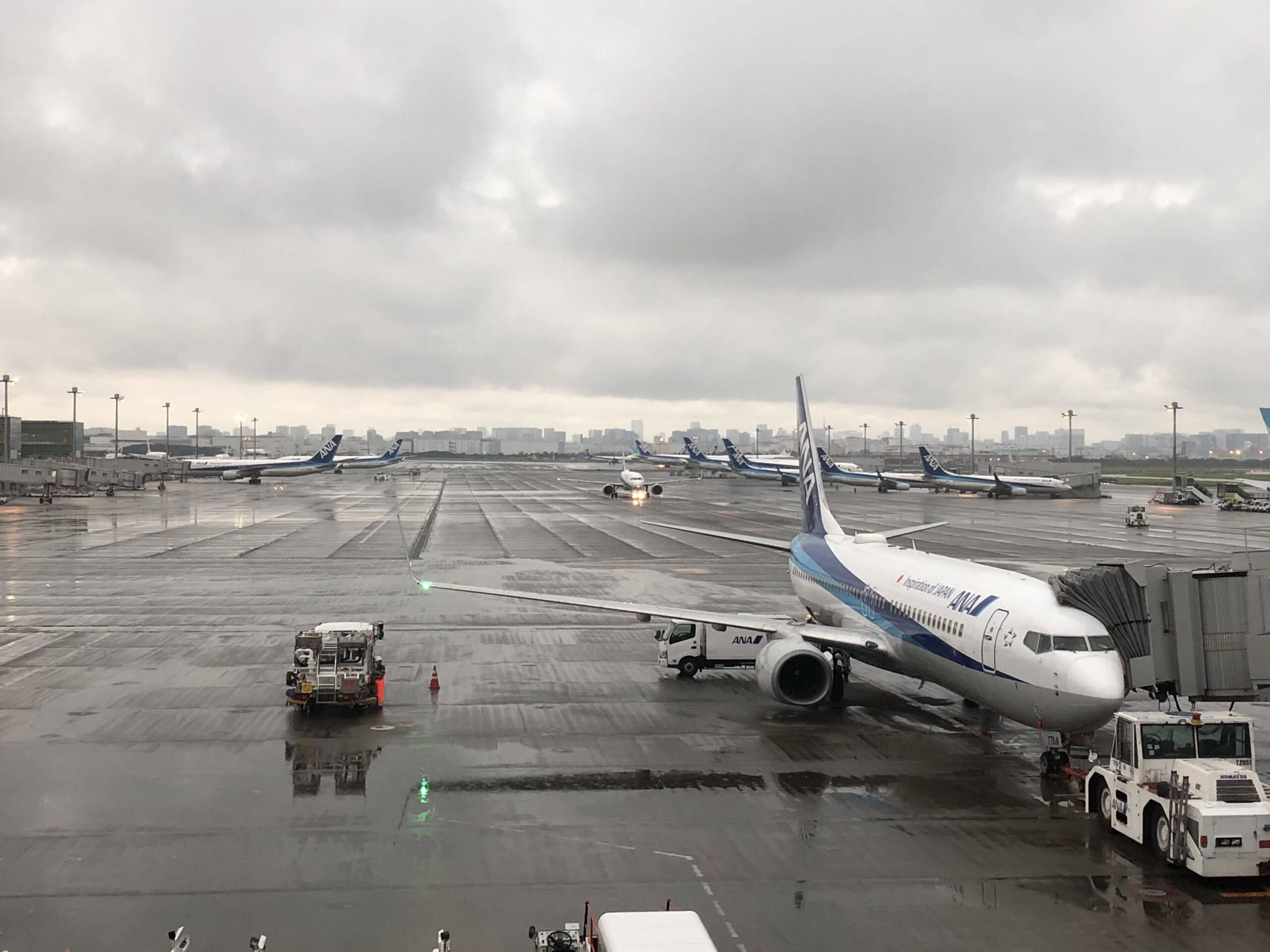Twenty-eight years ago today, September 5th, is the day the best-selling B737-800 aircraft was launched (started development). (September 5, 1994) The B737-800 is the most produced aircraft in the B737NG series, with over 5,000 units. Therefore, it is an aircraft that is often seen in domestic airlines in Japan that use B737. Although it is such an aircraft, production has ended in 2019 because the successor model has already been sold. Unlike the B787, the B737-800 is an unpopular aircraft, but since it is an indispensable aircraft in the history of Japanese aviation, I would like to highlight the glorious success of the B737-800 this time.
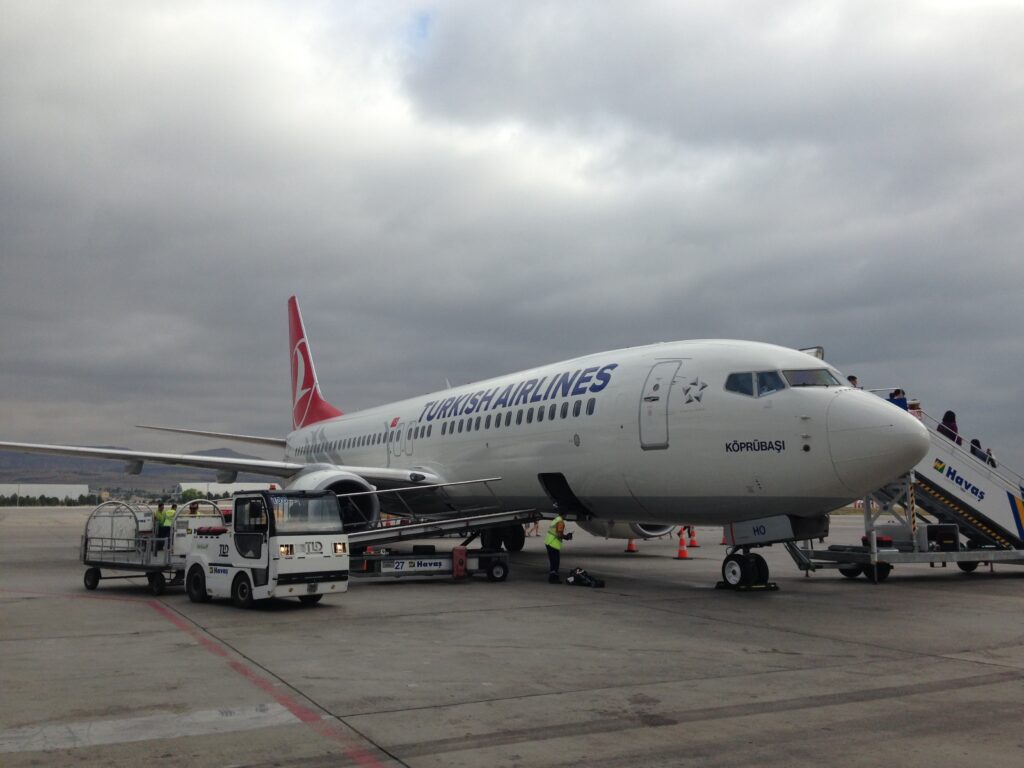
Photographed by the author
There are three points that are important when talking about the B737-800.
- B737 classic series replacement
- The trump card for frequent flights
- Entry into international routes
First, let's talk about "replacement of the B737 Classic Series". The B737-800 is one model of the B737NG series, and NG is an abbreviation for next generation. Below is a brief description of the B737 series.
| B737 Original | B737-100,-200 |
| B737 Classic | B737-300,-400,-500 |
| B737 Next Generation | B737-600,-700,-700ER,-800,-900,-900ER |
| B737 MAX | B737MAX7,MAX8,MAX200, MAX9,MAX10 |
The B737 Classic was introduced by both ANA and JAL as a replacement for the B737 original and B727 on Japanese airlines. As a result, 40 B737-800s were introduced by ANA and 62 by the JAL Group (including Japan Transocean Air) as successors to those classics.
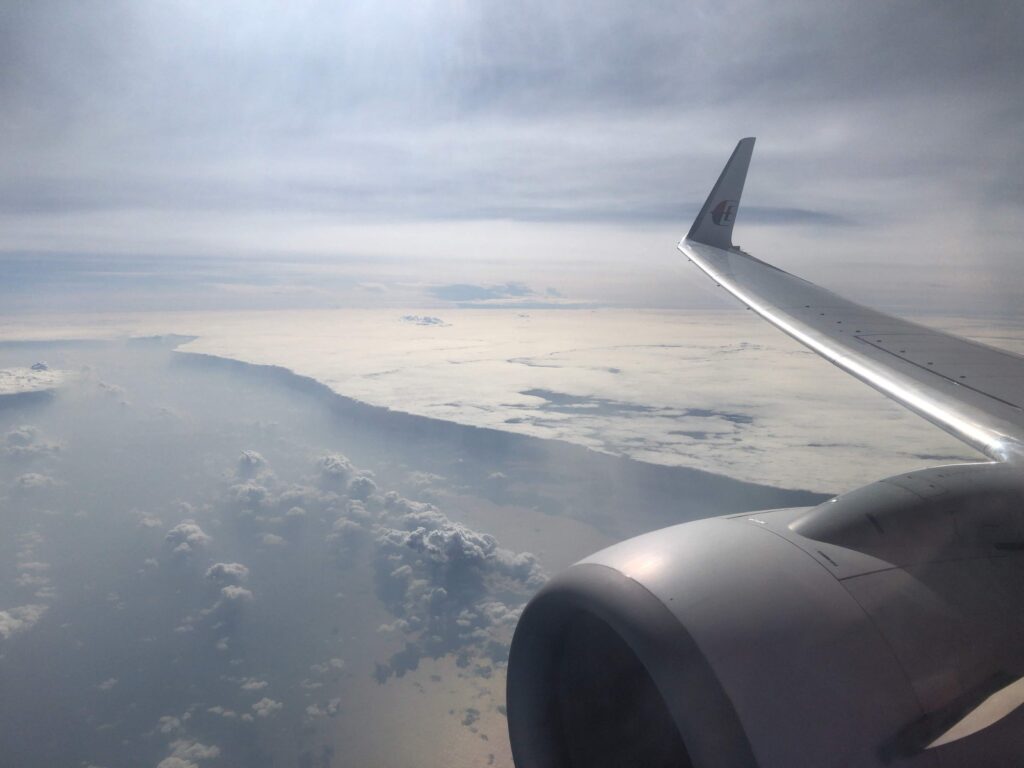
Next, I will explain the “trump card for frequent flights”. In the 2000s and 2010s, when the introduction of the B737-800 was promoted, while the B777 and B787 were introduced on domestic flights, the downsizing of the aircraft was promoted as the B747 was retired. In particular, at Haneda Airport, with the start of operation of Runway D, there is more room for departure and arrival slots, so local routes that used to be 2 round trips per day with B767 will be changed to 3 round trips per day with B737. The convenience of users has been improved. In addition, due to competition with the Shinkansen, there are cases where mid-to-large aircraft such as B777 and B767 are changed to B737 for flights arriving early in the morning or late at night when there are few passengers. The large number of B737s played a role in building win-win relationships between airlines and passengers.
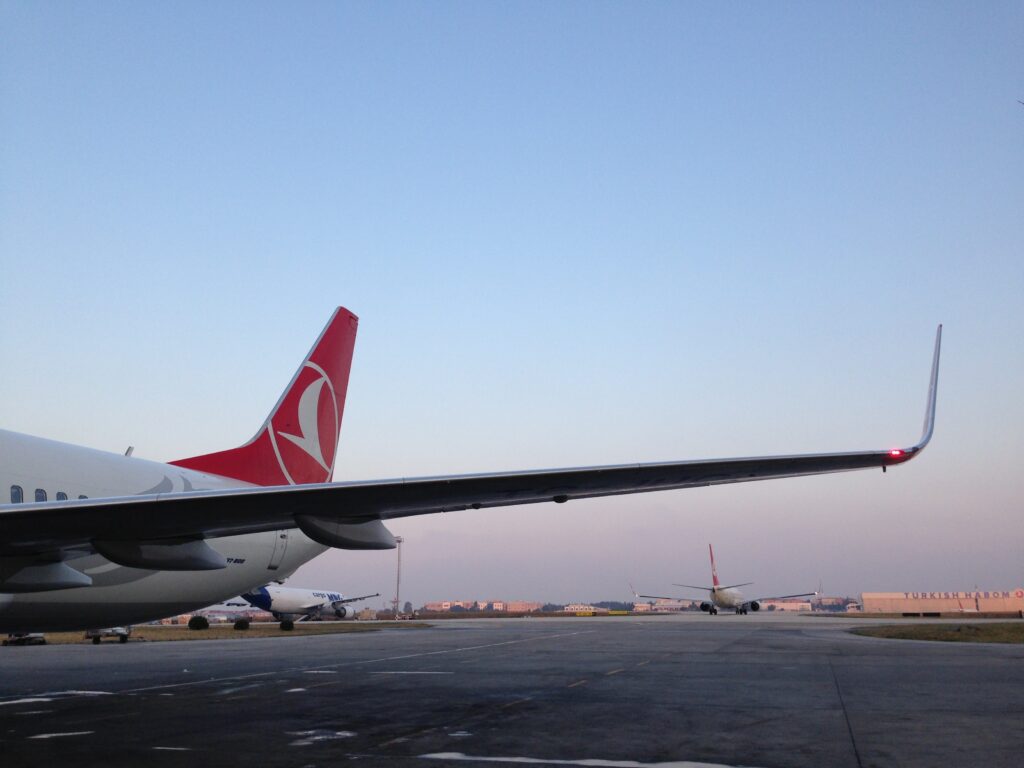
Finally, I would like to talk about “Entry into international routes”. Although the B737 Classic was not able to serve international flights, the B737-800 has served on regular routes. The reason for this is related to the above-mentioned high-frequency flights, but when there is demand for international flights even on routes and times with few passengers, B737-800 was assigned. In terms of cruising range, it was mainly used for short-haul Asian flights (Seoul, Taipei, Shanghai, etc.).
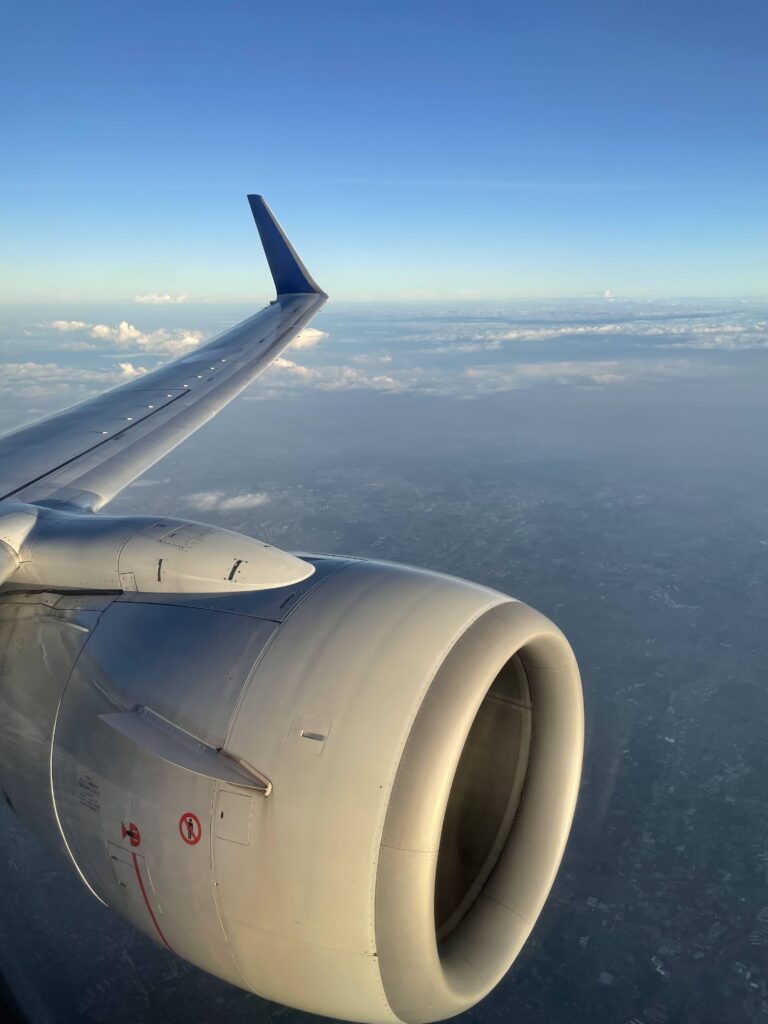
I myself have used the B737-800 not only for local routes, but also for main routes departing from and arriving at Haneda in the early morning, and for Taipei flights. There were times when I was a little disappointed, thinking, "Is it B737-800 again?" Therefore, if there is an opportunity to board next time, I would like to thank you for your efforts.
